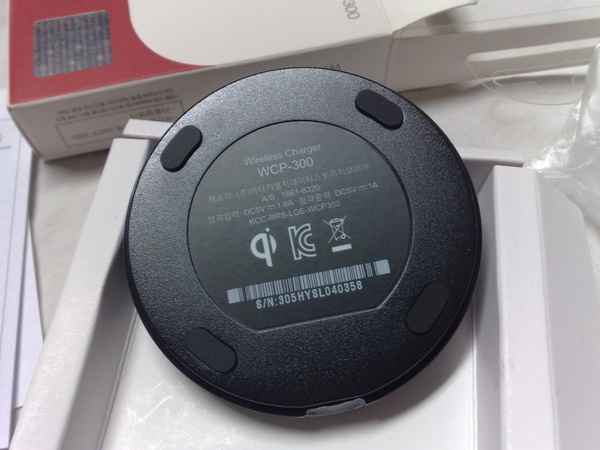|
a recent article from electronics cooling magazine takes a look at the thermal challenges that are inherent to new wireless charging technologies, such as those for smartphones or the laptop charger that was introduced by dell at ces 2017.

wireless chargers present thermal challenges. (wikimedia commons)
dr. vinit singh, the author of the electronics cooling article, focused on near field magnetic coupling (nfmc), which is used in the consumer electronics industry, and particularly on devices that work in the inductive mode. as dr. singh noted, thermal concerns are increasingly important to ensure proper performance and avoid device damage.
after defining the standard system design, dr. singh explained, “the major sources of heat in this system are the i2r losses (joule heating) in the antennas, joule heating due to eddy currents in the shielding material and any metallic components that are in the path of magnetic flux lines, switching losses in the power stage, and losses in passives (e.g. rectifiers).”
he concluded the article by saying “wireless power is a thermal problem”. dr. singh continued, “with the move towards higher power levels, wireless charging in the consumer electronics domain will be viewed increasingly as a thermal problem, if not already, with the general electrical system architecture becoming quasi-commodity. the implication of the last statement is that thermal design will dominate the electrical design of the wireless charging system.”
in order to solve the thermal issues, especially as component density continues to grow in all devices, dr. singh suggested there needs to be improvements in antenna materials and the manufacturing technology as well as improved magnetic shielding materials and heat spreaders, such as heat pipes and vapor chambers.
dr. singh concluded, “while efficiency is an important metric, it should be considered in concert with the desired consumer use case, technology robustness and cost, and most importantly, the thermal increments in the devices. it is possible that a system operating at a lower efficiency leaves a lower thermal footprint on the device than the higher efficiency device because the product implementation and/or thermal design.”
read dr. singh’s full thoughts at https://www.electronics-cooling.com/2017/01/inductive-wireless-charging-now-thermal-design-problem.
|